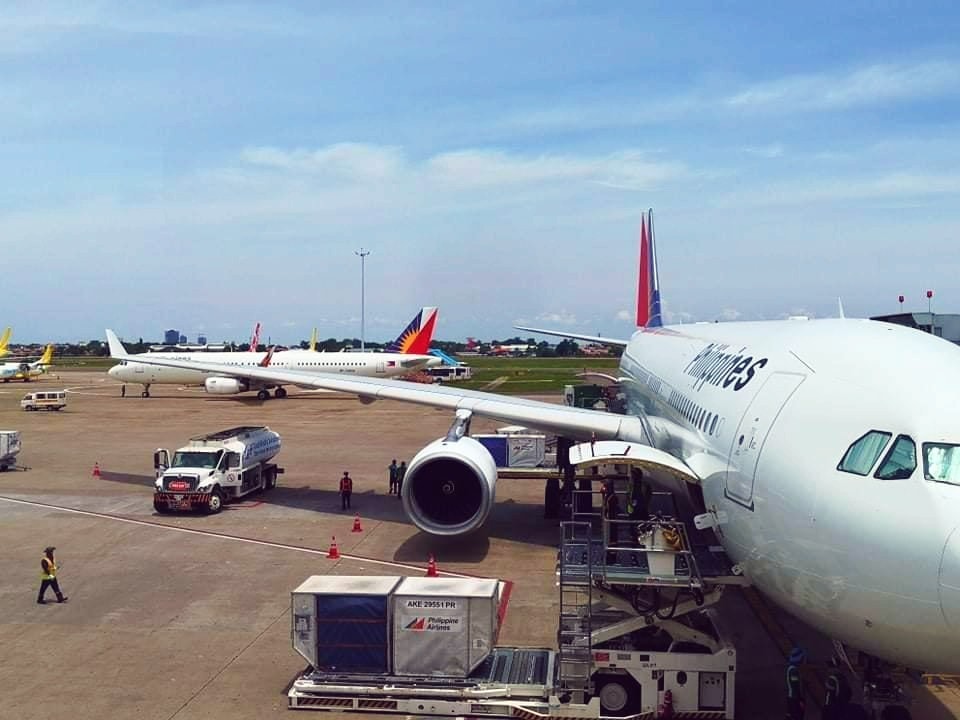On Thursday, American carrier United Airlines announced the airline has struck a deal with Boom Technology to order at least 15 passenger supersonic airlines, called “Overture,” securing an important step towards resumption of supersonic air travel within the decade.
In a press release, United said the company will order the 15 supersonic jets, with options for an additional 35 aircraft, once Overture meets United’s demanding safety, operating, and sustainability requirements.
“United continues on its trajectory to build a more innovative, sustainable airline and today’s advancements in technology are making it more viable for that to include supersonic planes. Boom’s vision for the future of commercial aviation, combined with the industry’s most robust route network in the world, will give business and leisure travelers access to a stellar flight experience,” United CEO Scott Kirby said.
“Our mission has always been about connecting people and now working with Boom, we’ll be able to do that on an even greater scale.”
Boom’s Overture jets are expected to roll out in 2025, perform their first flight in 2026, and eventually fly their first passengers in 2029. More importantly, the aircraft will be the first large commercial plane to fly with 100 percent sustainable aviation fuel (SAF), committing to be net-zero carbon from the start.
The aircraft will be capable to fly at speeds of Mach 1.7 – twice the speed of today’s fastest airliners. In the United-Boom agreement announcement promo, Overture boasts the aircraft can fly from San Francisco to Tokyo-Narita in 6 hours instead of 10 hours.
“The world’s first purchase agreement for net-zero carbon supersonic aircraft marks a significant step toward our mission to create a more accessible world,” said Blake Scholl, Boom Supersonic founder, and CEO.
“United and Boom share a common purpose—to unite the world safely and sustainably. At speeds twice as fast, United passengers will experience all the advantages of a life lived in person, from deeper, more productive business relationships to longer, more relaxing vacations to far-off destinations.”























Leave a comment